Do you prefer to drink your vegetables? If yes, get a slow juicer. While more expensive than the average juicer, the best slow juicer can churn out juice quietly and can make food items like nut milk.
If you want to store juice longer, have a slow juicer handy. The less air your juice has, the more you can enjoy it. Also look for safety features and make sure the juicer has containers that are BPA-free.
[su_note note_color=”#e1fba4″]
- Omega J8004 Masticating Juicer
- Omega VRT350 Low Speed Juicer
- Kuvings B6000S Slow Juicer
- Hurom H-AA Slow Juicer
- Hurom Slow Juicer
- VonShef Wheatgrass Slow Juicer
- Hamilton Beach 67950A Slow Juicer
- VREMI Slow Juicer
- Gourmia GSJ-200 Slow Juicer
- Big Boss Slow Juicer
[/su_note]
Slow Juicer Reviews
Omega J8004 Masticating Juicer
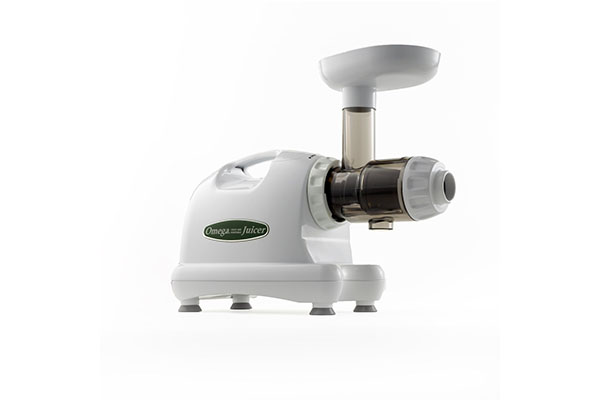
This Omega juicer runs on low speed to maintain live, healthy enzymes. It has the 8x stronger GE Ultem auger and powerful gear reduction. It can make nut butters, extrude pasta, mince herbs, etc.
>>>> Click Here To See Customer Reviews & Current Price <<<<
Omega VRT350 Low Speed Juicer
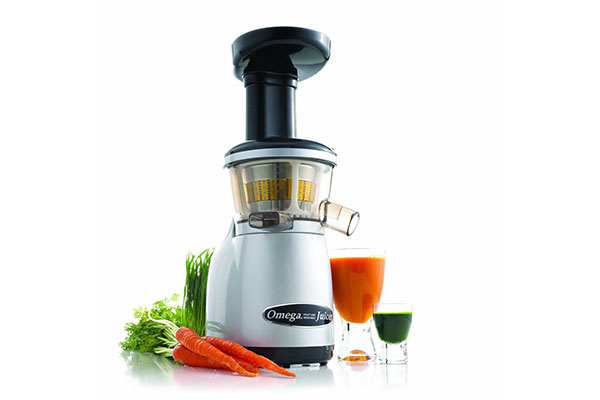
The VRT350 from Omega juices on low speed for less oxidation, foam and froth. It can extract larger yield even from wheatgrass. It squeezes juice instead of grinding.
>>>> Click Here To See Customer Reviews & Current Price <<<<
Kuvings B6000S Slow Juicer
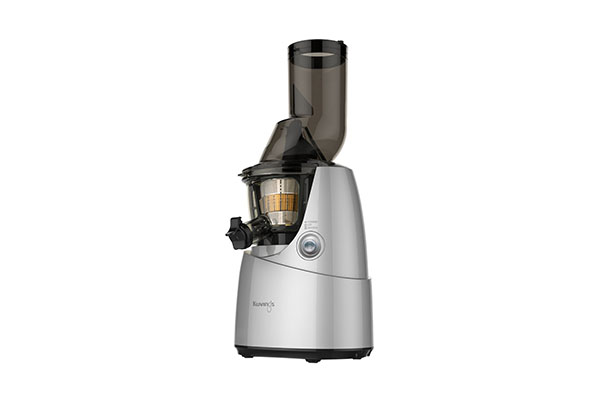
This juicer from Kuvings can also be a sorbet maker. It has a Smart Cap to stop dripping. It has a quiet and powerful 240-watt motor. It features the patented slow juicing technology JMCS (Juicer Module Comprising System).
>>>> Click Here To See Customer Reviews & Current Price <<<<
Hurom H-AA Slow Juicer
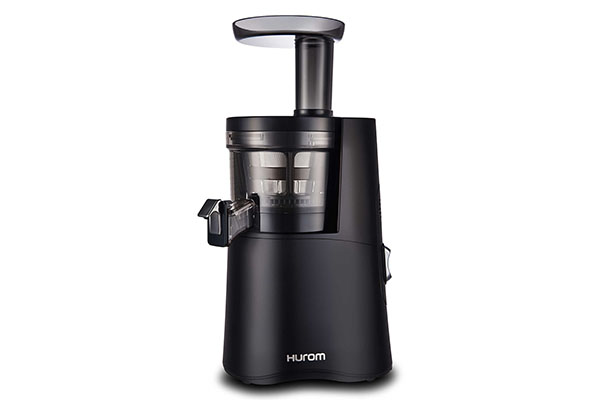
Hurom offers a streamlined juicer rotating at a very slow speed of 43rpm. It features the patented Slow Squeeze Technology. It can work with leafy greens, nuts, soybeans, vegetables and fruits.
>>>> Click Here To See Customer Reviews & Current Price <<<<
Hurom Slow Juicer
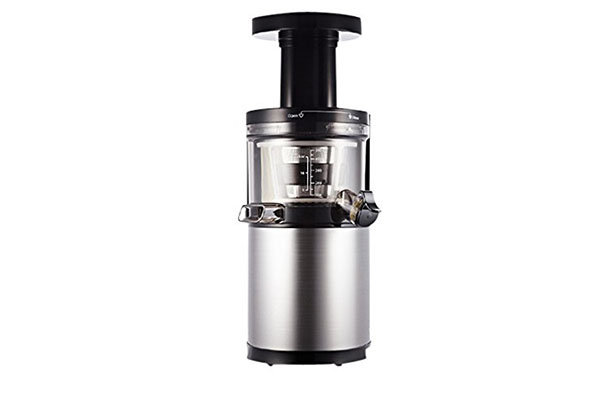
This juicer from Hurom delivers the smoothest and silkiest juices and nut milks. It has the newly-designed Ultem auger with twin-blade design. It features Ultem strainer. It has single-gear and motor technology.
>>>> Click Here To See Customer Reviews & Current Price <<<<
VonShef Wheatgrass Slow Juicer
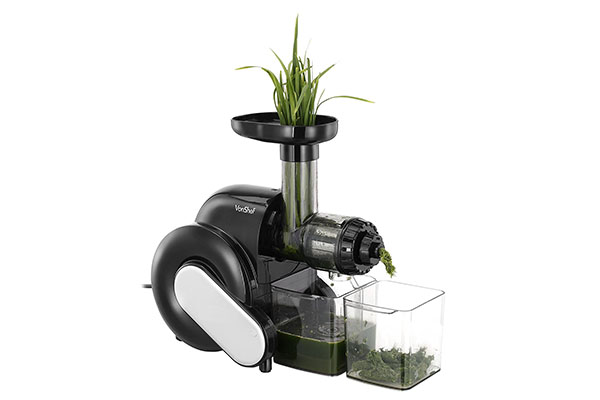
This BPA-free juicer from VonShef can extract a lot of juice even from wheatgrasses with its 80rpm, 150W motor. It has a strong spiral auger and power/reverse switch for quick and quiet operation.
>>>> Click Here To See Customer Reviews & Current Price <<<<
Hamilton Beach 67950A Slow Juicer
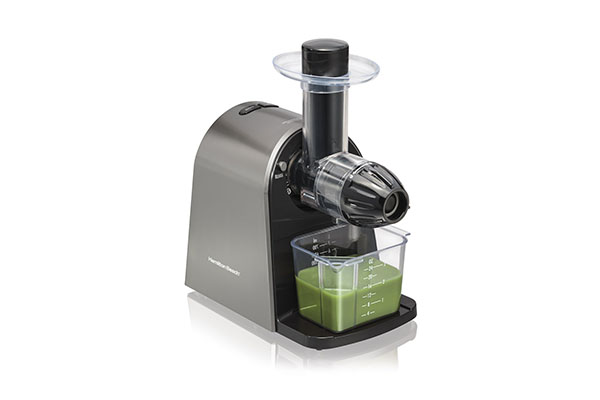
This easy-to-clean juicer from Hamilton Beach extracts up to 2 times more juice. The low speed motor is great for extracting juice from leafy greens. All removable parts are dishwasher-safe.
>>>> Click Here To See Customer Reviews & Current Price <<<<
VREMI Slow Juicer
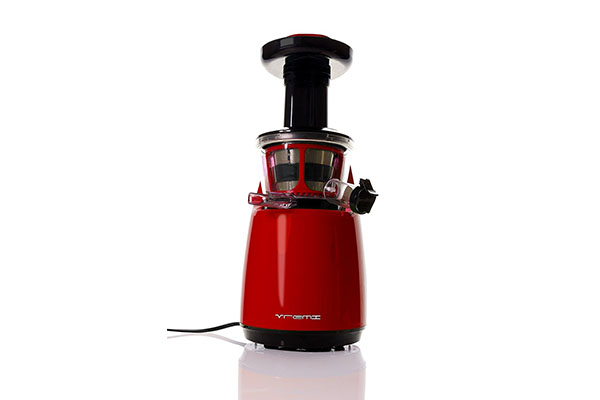
This juicer from Vremi maximizes the nutrients obtained from fruits, vegetables and leafy greens, with 30-40% more extracted juice. It minimizes waste by the 2-stage extraction through gently squeezing without grinding or shredding.
>>>> Click Here To See Customer Reviews & Current Price <<<<
Gourmia GSJ-200 Slow Juicer
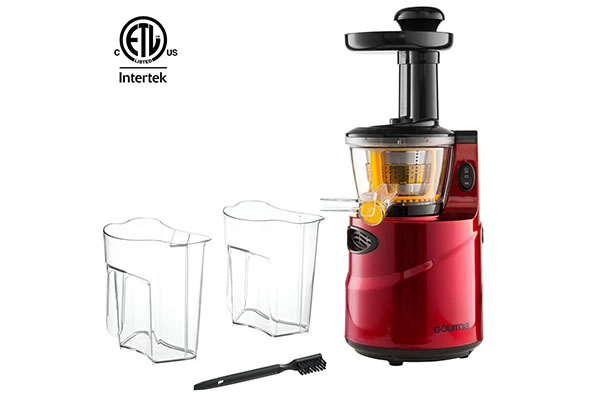
This Gourmia juicer is armed with the exclusive MasTraction system that works for supreme nutrient and juice extraction. It has optimized powerful juicing with zero-loss power train. It has broad-spectrum juicer with reduced noise during operation.
>>>> Click Here To See Customer Reviews & Current Price <<<<
Big Boss Slow Juicer
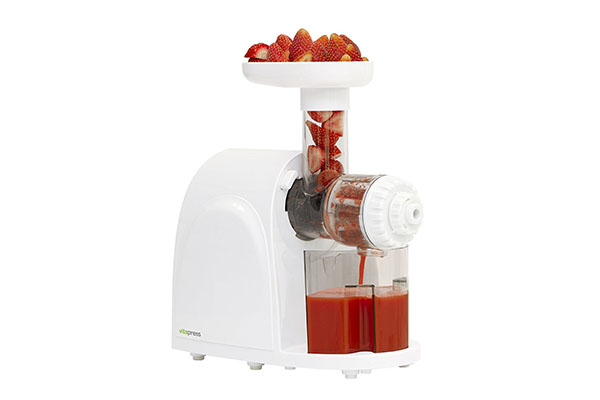
From Big Boss comes a heavy-duty juicer that is run by a 150W, 60Hz motor. It has a reverse function for smooth masticating-style. Its safety featureswill prevent overheating.
>>> Click Here To See Customer Reviews & Current Price <<<<
What Is a Slow Juicer?
Finding the best slow juicer will pave the way for your healthy habit. However, you may ask yourself this: what exactly is a slow juicer?
As the name would suggest, a slow juicer is a juicer that operates at a low speed. On the average, these machines operate at a speed of 80-160RPM.
So what exactly is the big deal when it comes to “going slow”? There is a school of thought in juicing that says slow juicing translates to better-quality juice.
Slow juicers yield juice that contains more nutritional value. This is because such machines produce no heat which can degrade nutrients found in the juice.
Another advantage of using slow juicers is increased production. It has been estimated that slow juicers produce 10-20% more juice compared to their faster-moving counterparts.
Slow juicers are more expensive and slower than other juicer types. However, the advantages they bring to the table make them a worthy investment for hardcore juice enthusiasts.
The Different Types of Slow Juicers
Slow juicers are found in different types and configurations. Each type brings some unique advantages to the table, so it’s worth taking a look at each of them.
The traditional form of the slow juicer is the horizontal juicer. As the name would suggest, these machines have the auger placed at a horizontal configuration.
Horizontal juicers are mainly popular because they are easy to clean and they produce high amount of juice. They can also be used for other functions such as food processing.
The alternate form of the slow juicer is the vertical juicer. In contrast to the horizontal juicer, vertical juicers have the auger placed at a vertical configuration.
There are a number of advantages associated with this design. Not only are they great for juicing both fruits and vegetables, but they are also generally easier to operate.
Using either a horizontal or a vertical juicer can work to your advantage. Most of the time, it boils down to the build quality of the machine itself.
How About a Twin-Gear Slow Juicer?
The examples I mentioned earlier are considered as single-gear juicers. It is just recently that twin gear slow juicers became popular. So, what exactly are these?
A twin-gear slow juicer makes use of 2 gears. Also known as a triturating juicer, the inward rotation of these gears provides the juicing power.
The main advantage of using these devices is its ability to create finer juice. It goes deep into the fruit’s cell membranes, yielding more juice and nutrients on the process.
Juice prepared using a twin-gear machine is of the highest quality. Not only does the juice have more nutrients, but it even contains the other good stuff such as enzymes.
These juicers are most recommended to be used for soft fruits and vegetables. Hard produce can also be used, but it’s recommended that you cut them up first.
Twin-gear juicers commonly come with multiple attachments. Each of these attachments is designed for a particular purpose. Make sure to check them out before buying!
A Basic Guide to Buying Slow Juicers
Buying slow juicers can prove to be a challenge, especially for newbies. However, there are ways to make the process easier. I recommend to you these tips.
Check the build quality of the machine. The machine, especially its moving parts, should have rock-solid construction. Get a juicer that’s built for years of juicing.
You should also check the size of the juicer. Small juicers are great for personal use, while bigger juicers are more recommended for family or commercial use.
Check out the extra features of your juicers. Ideally, it should at least be easy to operate and clean. The more bonus features it has, the better the deal is for you.
Lastly, determine which fruits and vegetables would you be juicing. Particular fruits and vegetables are best suited to be juiced using a particular slow juicer design.
Those are just some tips you can use for buying slow juicers. Find the one that best fits your needs and you’ll be on your way to producing high-quality fresh juice at home.